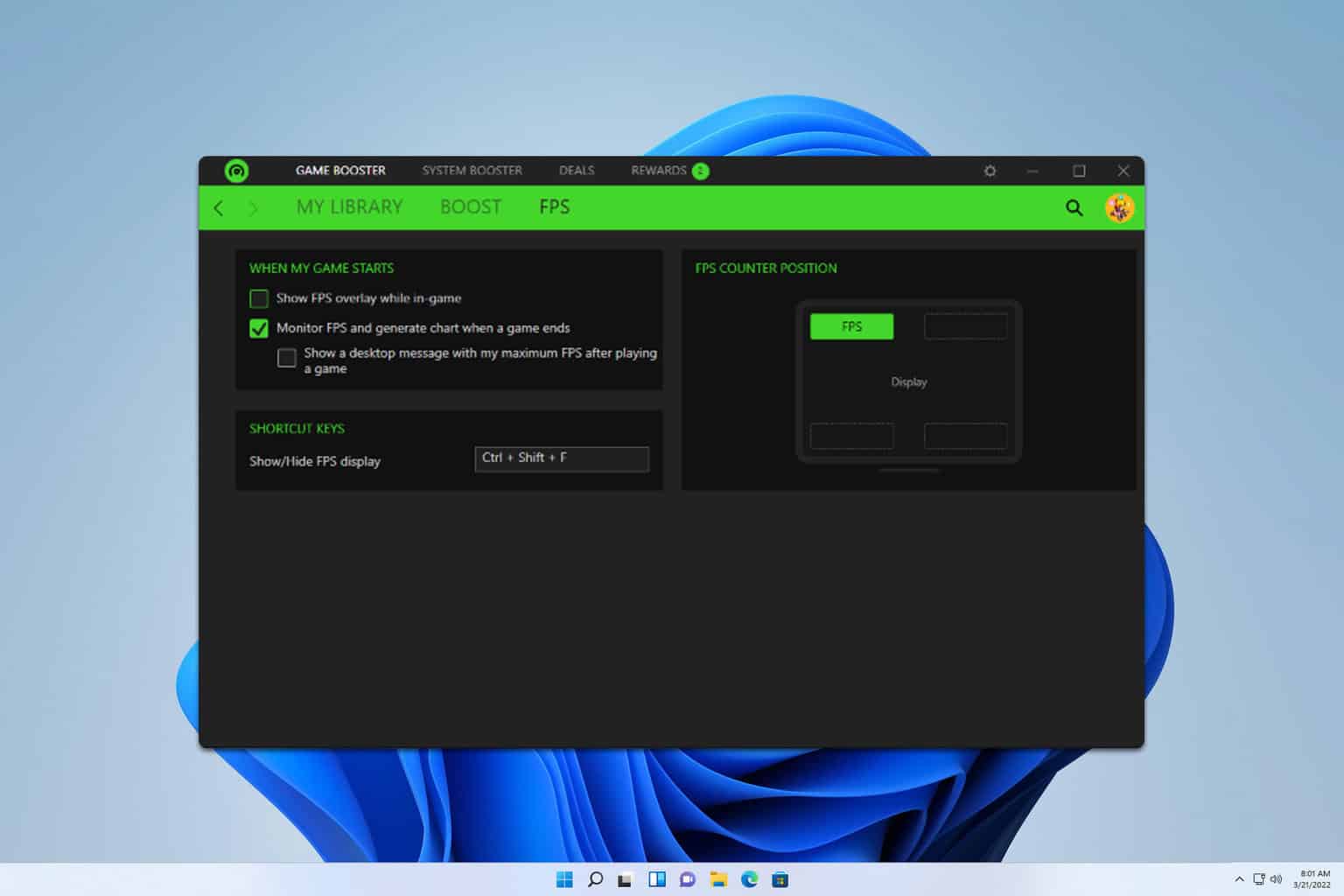How to Undo ESD-USB and Recover the Files on the Drive
The data is still on the drive, but you can only access it with data recovery apps
3 min. read
Published on
Read our disclosure page to find out how can you help Windows Report sustain the editorial team. Read more

Accidentally converting your external hard drive to an ESD-USB can be a real headache, especially if you lose important data in the process. The bad news is that you can’t actually undo the process, but you may still recover your files and reformat the drive after so you can use it for other purposes. However, you will definitely need a data recovery software for this.
How do I recover my lost files?
1. Restore all lost files with data recovery software
- Install a reliable file recovery software. Luckily, we have a list of the best data recovery software to choose from.
- Once installed, open the software.
- Choose the ESD-USB drive or the external hard drive that has been converted to ESD-USB.
- Click on the Scan button to start scanning for lost files.
- Use the file format filter to narrow down the search results.
- Preview the files you want to recover by clicking Preview or double-clicking on them.
- Select the files you want to restore and click Recover. Save the recovered files to a safe location other than the ESD-USB drive.
By using data recovery software, you can easily scan your converted ESD-USB for lost files and recover them without much hassle. However, note that no such software will recover 100% of the lost data, so don’t expect miracles.
2. Delete the existing ESD-USB partition and create a new volume
- Connect your external hard drive or flash drive to your computer.
- Right-click the Start menu and select Disk Management.
- Locate and right-click on the ESD-USB 32GB partition.
- Select Delete Volume and click OK to confirm.
- Now, find the unallocated space from the deleted ESD-USB partition.
- Right-click on the unallocated space and select New Simple Volume.
- Follow the New Simple Volume Wizard. Set the size, file system (NTFS), and label.
- Click Finish to complete the process.
Deleting the ESD-USB partition allows you to create new partitions and revert your hard drive back to its full capacity.
3. Format the ESD-USB via File Explorer
- Right-click the Windows icon and select File Explorer.
- Find the ESD-USB drive, right-click it, and select Format.
- Set the file system to NTFS and check Quick Format.
- Click Start to begin the formatting process.
Formatting the ESD-USB using File Explorer is straightforward and can quickly convert your drive back to NTFS.
How do I avoid losing important data?
- Always create backups of important data on another device or cloud storage.
- When creating Windows installation media, use a blank USB or external drive.
- Regularly scan your devices with antivirus software to prevent data corruption.
- Use BitLocker or other encryption software to protect your data securely.
By following these preventive measures, you can minimize the risk of data loss and avoid converting your drives to ESD-USB by mistake.
Hopefully, by using our guide, you’ve managed to salvage your data from the ESD-USB drive and reformat it for other purposes.
Now, you can try creating a Windows 11 bootable drive using the highlighted guide. But this time, make sure you back up any data before using it for this purpose.
Did our guide help you? Let us know in the comments below.









User forum
0 messages